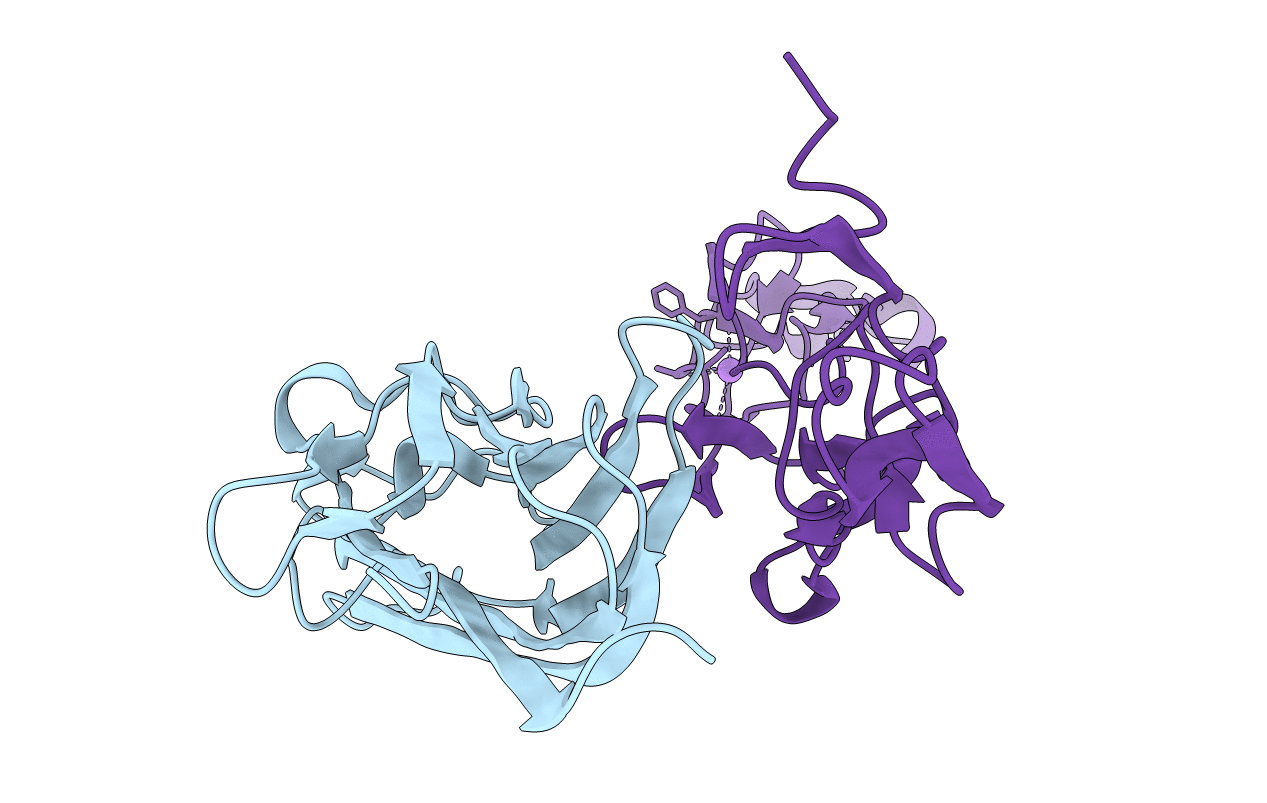
Deposition Date
2010-03-31
Release Date
2010-06-02
Last Version Date
2024-11-13
Entry Detail
PDB ID:
3ME2
Keywords:
Title:
Crystal structure of mouse RANKL-RANK complex
Biological Source:
Source Organism:
Mus musculus (Taxon ID: 10090)
Host Organism:
Method Details:
Experimental Method:
Resolution:
2.80 Å
R-Value Free:
0.20
R-Value Work:
0.17
R-Value Observed:
0.17
Space Group:
P 63


